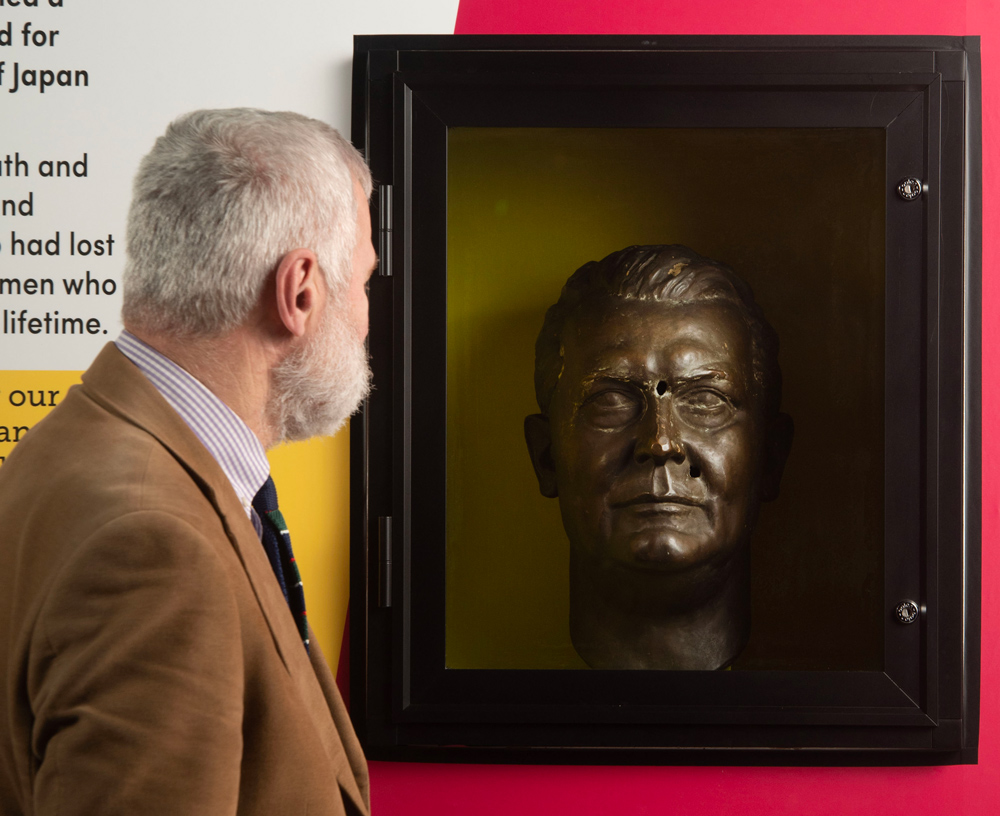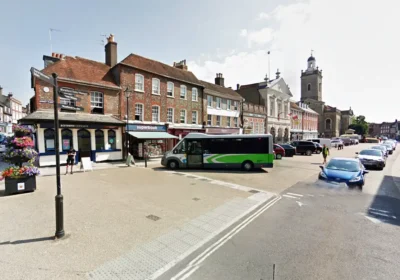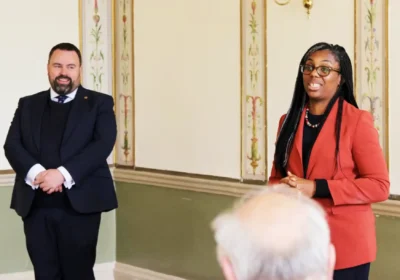A SCULPTURE of top Nazi Hermann Goring’s head with two bullet holes in it is attracting attention at Dorset’s Tank Museum after featuring in a book.
The metal model of the Luftwaffe leader was shot by either Russians or Americans at the end of the Second World War and was probably brought back to the UK by someone from the Royal Tank Regiment.
It was donated to the museum in Bovington in 1957 and is featured in a recently released book that marks the visitor attraction’s centenary: The Tank Museum in 100 Objects.
The book shows items especially selected by curator David Willey and is already proving popular.
The sculpture of Goring’s head was displayed in Berlin through the war – part of the cult of the personality encouraged by the Nazi party.
It now has bullet holes between the eyes and just below the nose – summing up what the victors felt about their Nazi foe.
David Willey said: “The Tank Museum’s mission has always been to tell the story of tanks and the people that served in them.
“I’ve put together a book detailing some of – what I find to be – the most interesting items in our collection that tell these stories.
“One of those is the head of Goring with bullet holes in it. There are two stories about who shot it – but it was either Russians or Americans.
“Disfiguring portraits of enemies has a long tradition going back to ancient Egypt and Rome – and more recently we watched as statues of Saddam Hussain were toppled after his defeat.
“Our Second World War exhibition in which this object is a part is running alongside our new exhibition called ‘Tanks for the Memories: The Tank in Popular Culture’.”
Hermann Goring was put on trial at Nuremberg at the end of the war and found guilty of four charges including war crimes.
He was sentenced to hang but cheated the noose by taking cyanide the day before and dying on St George’s Day, 1945.
The Tank Museum has amassed more than 100,000 collection items since it was founded in 1923.
David added: “Our extensive collection goes much further than just tanks, with medals, uniforms, weapons, photographs and art all playing a huge part in helping our audience to understand the history of tanks and tank warfare.”











Leave a Reply